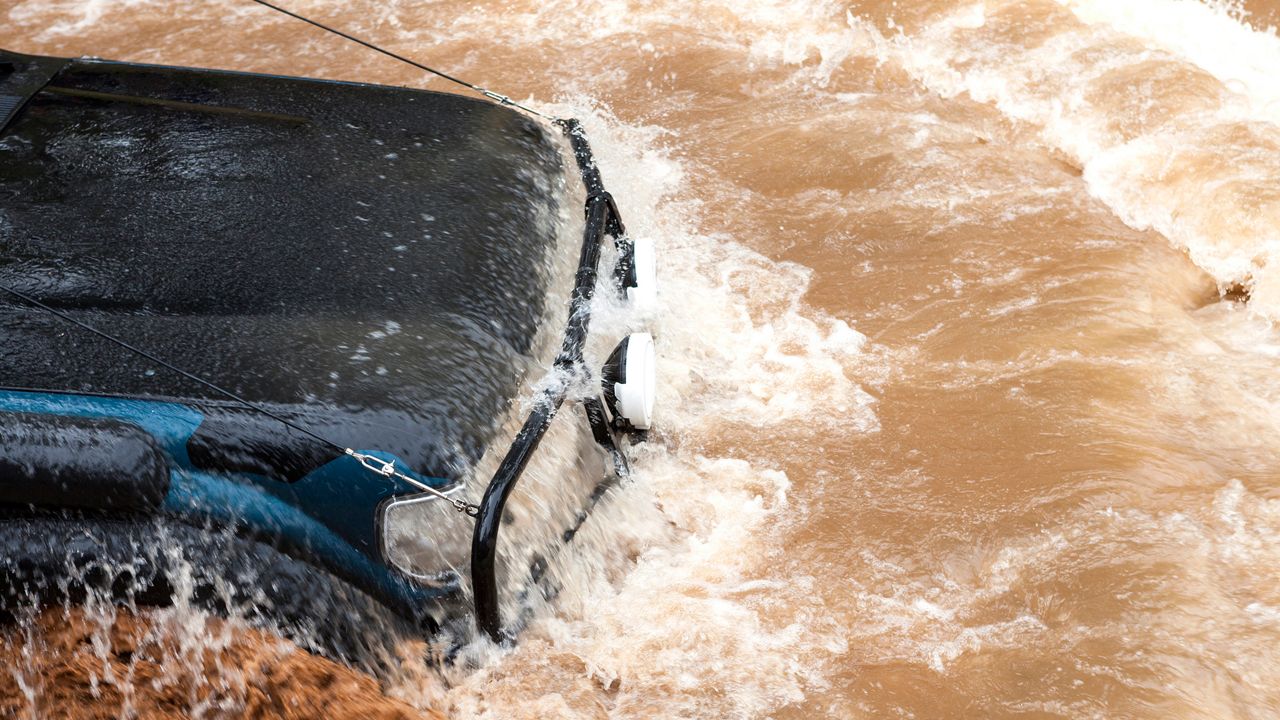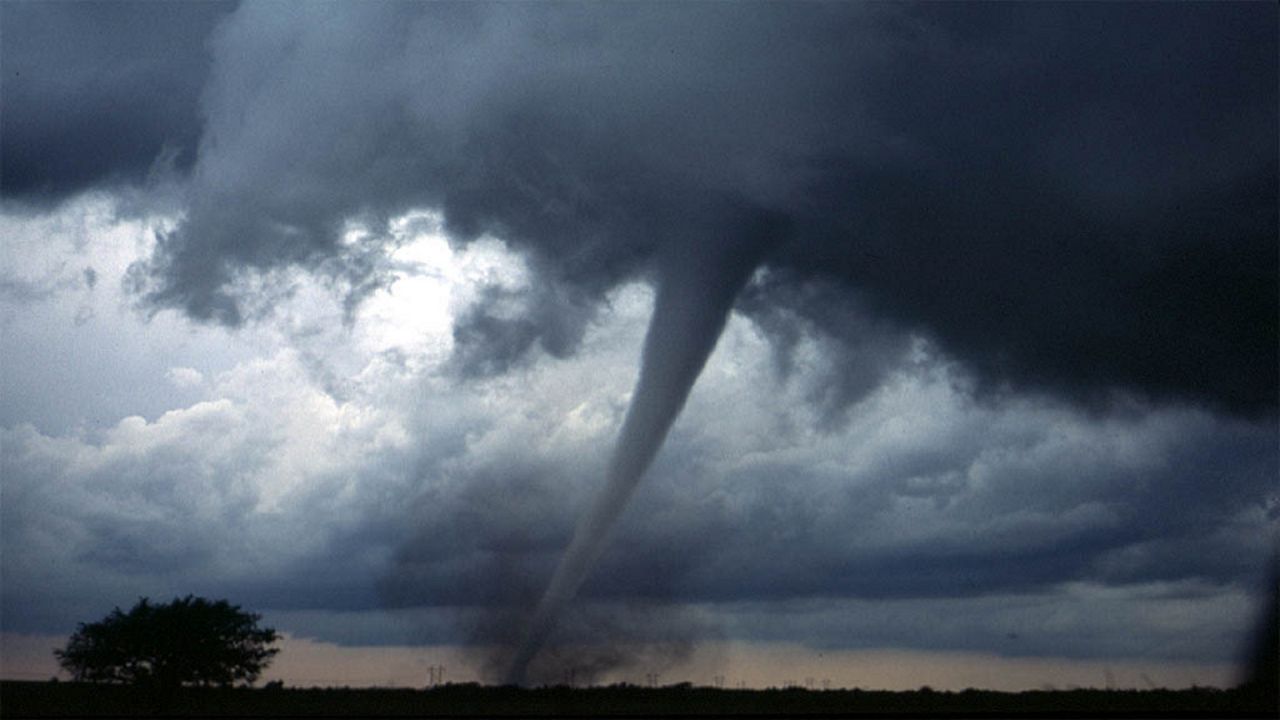Floods are responsible for nearly 75 percent of presidentially declared disaster areas. This means floods cause a lot of damage and each year, floods costs an average of $8 billion in the United States. Nearly 100 people drown in flood waters in the United States each year making floods the second leading cause of death when it comes to weather.
There are many types of floods ranging from flash flooding to river flooding and coastal flooding. Flash floods tend to be the most serious as most of its victims are caught by surprise.
Flash floods are exactly what it sounds like: floods that happen in a flash! These floods can develop quickly, usually within a matter of hours to minutes. Causes of flash floods include heavy rain (especially from tropical systems), ice jams and levee failures. All of these can result in a rapid rise of water which can quickly threaten life and property.
Slow moving thunderstorms are the main reason why flash floods occur. Copious amounts of rainfall from thunderstorms can cause a rapid rise in water levels in area creeks and streams, sometimes turning them into violent raging rivers.
Densely populated areas tend to be more susceptible to flash floods because of the large amount of concrete and asphalt surfaces. These surfaces do not absorb much water leaving much of it standing on the roadway.
Speaking of which, it is important to never drive through a flooded roadway. Often times, the road may be washed out underneath. There’s a simple saying that goes “turn around, don’t drown!” Remember this because it may save your life someday.
Just six inches of moving water can knock a person off their feet. Only a foot of water can wash away a small vehicle and two feet of water can wash away a large truck! Never underestimate the power of water.
Flash floods can happen in Florida, especially in slow-moving tropical storms or hurricanes. Florida is not immune to flash floods at all but they tend to be much less frequent than other areas in the United States.
These floods are especially common in the western United States where low lying areas are dry one minute, and the next minute become filled with rushing water from upstream. Flash floods in the western United States can travel long distances, far from where any rain took place.
The clay-like soil commonly found out west is a big reason why flash floods are more common there. The soil cannot absorb water like Florida’s sandy soil can. Either way, if enough water falls, any place in the United States can experience a flood.
Experiment: Why Are Flash Floods Less Common in Florida?
Purpose: To demonstrate why it is harder to have a flash flood in Florida
What you need:
- Two plastic Tupperware containers of the same size
- Another plastic container filled with sand
- Clay or Play-Doh
- Two Cups of Water
Procedure:
1. We are going to create two environments. One that is sandy, representing Florida’s soil type and another that is more clay-based, representing soil from the desert southwest.
2. Pour sand into one of the plastic Tupperware containers
3. Lay out a thick layer of clay or Play-Doh in the other Tupperware container. This should be about two inches thick.
4. Pour a thin layer of sand over the clay or Play-Doh.
5. Take one cup of water and pour it into the bowl that only has the sand.
6. Observe and make note on what happens to the water. Did it get absorbed?
7. Take another cup of water and pour it into the bowl with clay and sand.
8. Observe and make note on what happened to the water. Did it get absorbed or did a lot of it pool on top?
Results: The container with the clay-sand mix flooded whereas the other container holding only sand did not. This means a sandy soil does a better job at absorbing water where a clay-based soil does a poor job.
Conclusion: Both containers were given the same amount of water and it became clear that the container with the clay layer did a poor job at absorbing water. There was a layer of water resting on top whereas the container with sand absorbed the water and there was not a layer of water resting on top. In the real world, this represents the difference in soil type over Florida versus the Western United States. It takes much less water to trigger a flood out west than it does over Florida and Florida’s sandy soil type is a big reason why.







